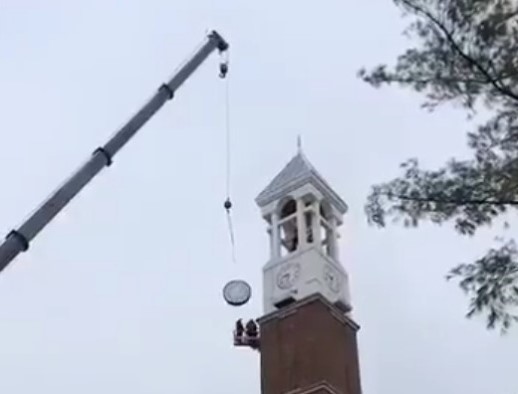 Authored by Ed Davidson and originally posted on LinkedIn
Authored by Ed Davidson and originally posted on LinkedIn
Yep...
There ya have it folks...
They must be having fun.
You know, because time flies...never mind!
You've got to use your head and realize that when the decision is made to work near and or beneath a live load, the clock is ticking and it's just a matter of time before being struck-by the results of an impending incident and or injury.
Cranes are useful machinery essential in many projects. However, their use also brings hazards.
In 2020, there were 490 cases of non-fatal incidents involving cranes that caused workers to miss work, according to the Bureau of Labor Statistics (BLS).
The most frequent incident involving cranes that led to worker death during this time period was struck by incidents. Falls to a lower level and transportation-related incidents accounted for fewer deaths, but still lead to workers losing their lives.
Suspended loads can bring their own hazards into the workspace. To avoid any injuries, workers should not work on the load if it means they must be under it or walk under the load, period!
Here's some simple steps to help prevent these types of injuries...
Cranes and Hoists
Avoid working underneath loads being moved.
Barricade hazard areas and post warning signs.
Inspect cranes and hoists to see that all components, such as wire rope, lifting hooks, chains, etc., are in good condition.
Do not exceed lifting capacity of cranes and hoists.
Overhead Work
Secure tools and materials to prevent them from falling on people below.
Barricade hazard areas and post warning signs.
Use toeboards, screens, or guardrails on scaffolds to prevent falling objects, or,
Use debris nets, catch platforms, or canopies to catch or deflect falling objects


